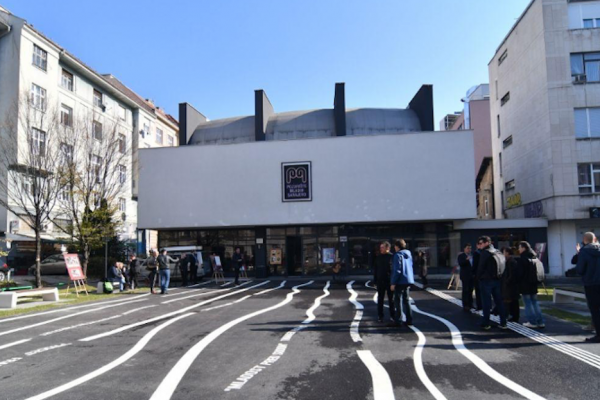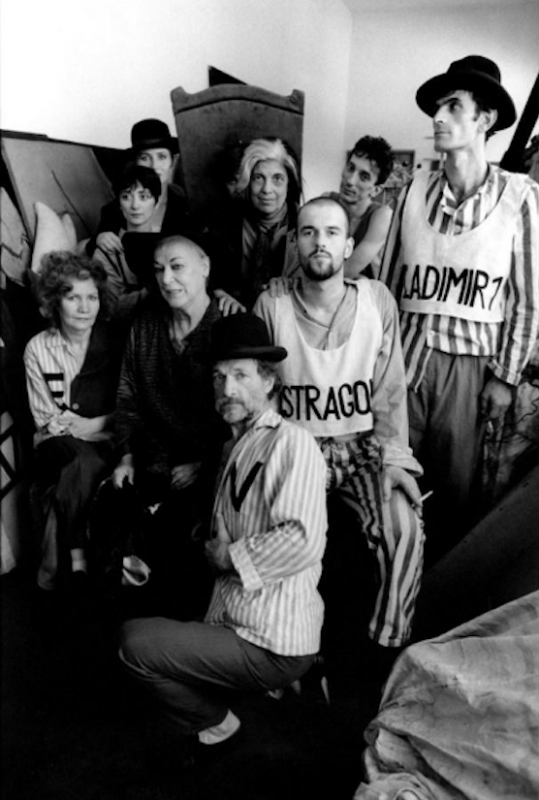The Sarajevo Youth Theater was founded in 1977 when two other prominent theaters of the city, the Pionir Theater and the Muppet Theater joined forces. Established in 1950, at its beginnings, the Pionir Theater did not acquire a full ensemble and hired actors when it was needed. It was in the 1960s when it was named to Youth Theater adopting a new identity and having its own acting group. The Muppet Theater, under the direction of Adolf Pomezny, the Czech who brought the first marionettes to Sarajevo, was widely well-known for its devotion to use only marionettes. After their merger, the Sarajevo Youth Theater was born which had two independent scenes performing plays and marionette shows. During the siege, the Sarajevo Youth Theater did not cease its function. On the contrary, it became a symbol of resistance helping the citizens to have a kind of proper social life. Sarajevo fairytale (Bajka o Sarajevu), and Little tiger (Tigriček) were among the plays performed during the siege. It is estimated that around 50 productions took place during that period. “Every performance was full. Audiences wanted to go: they had no electricity, they had no television, they had only theatre,” recalled Izunin Bajrovic, who played in Waiting for Godot.

